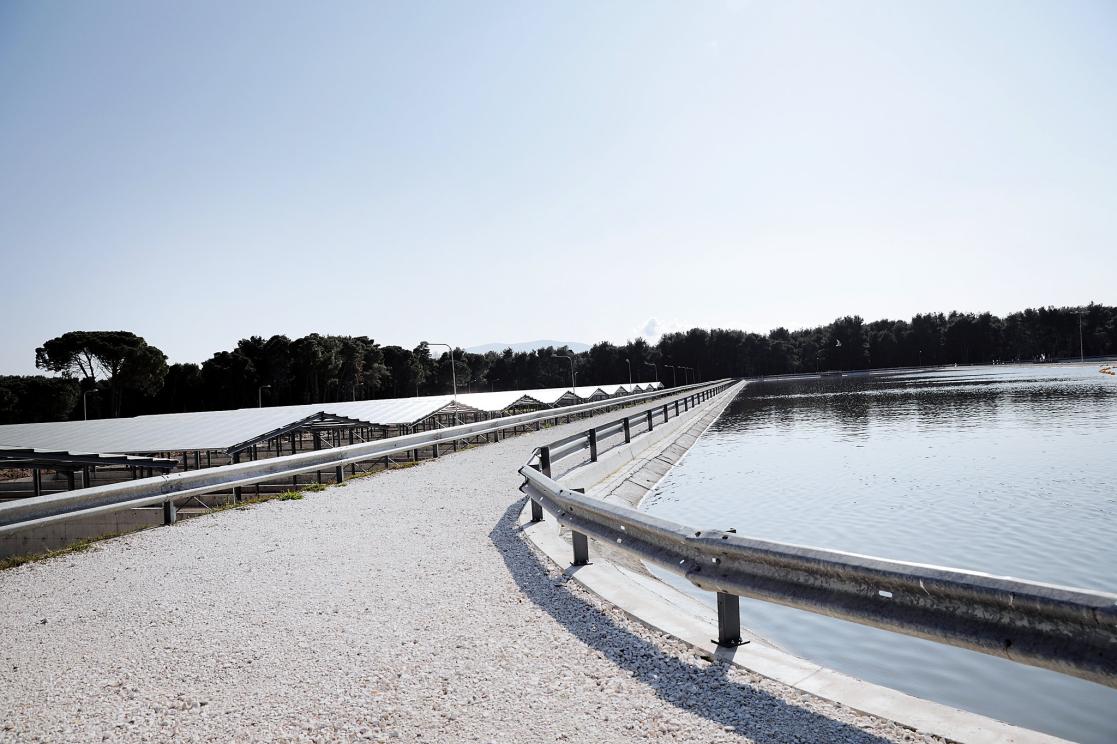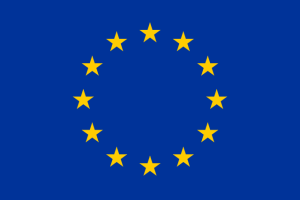Better water, healthier lives, how the EU is strengthening Albania’s water infrastructure

Almost 70% of the world’s freshwater is stored in glaciers, and as they melt, they feed rivers and recharge groundwater, providing drinking water for millions of people. However, as climate change impacts water reservoirs, glaciers located in surrounding mountain ranges will affect water availability in Albania as well, disrupting the entire cycle that supports ecosystems and human needs.
“Albania has rivers that will be affected by climate change. It is important to implement strong river basin management plans, as these are critical for balancing competing water demands and protecting water resources. At a recent workshop with stakeholders to discuss the significant water management issues statement for the Drin and Buna rivers, one of the identified pressures in Albania is the expected reduction in summer precipitation—by almost 9-20% by 2050. This will also lead to a reduction in groundwater recharge, linked to changes in the seasonality of rainfall and snowfall,” says Debora Bonucci, team leader at EU4Rivers, an EU-funded project supported by the Austrian Development Cooperation and implemented by the Austrian Development Agency in Albania.

EU in Albania
As this reduction will have a significant impact on all water demands, EU4Rivers has been working to address these concerns early, operating on three different levels: legal frameworks, technical aspects, and planning. This comprehensive approach lays the foundation for providing crucial data and implementing concrete measures in the future. The recent approval of the water law, the planning of river basin management plans for all seven river basins, and the monitoring of water quality are key elements of the ongoing work.
The project also includes investments in equipment and the establishment of a hydro-meteorological monitoring station to strengthen the capacity of Albanian institutions in water monitoring at the basin level. This will facilitate accurate data collection, pollution identification, and water balance assessments. As Bonucci explains, addressing climate change challenges requires monitoring historical data to understand precipitation reduction, predict droughts and floods, and plan accordingly.
Given the importance of water resources for drinking, agriculture, and industry, the management plans for the Drin, Buna, and Seman river basins are currently under review. “As part of the river basin management plan, a Programme of Measures is being developed to tackle these issues. One of the identified pressures is 'non-point source' pollution from agriculture, which affects rivers and groundwater with chemicals, pesticides, and nitrates,” she says, underlining the priority on regulating good agriculture practices.
As part of the EU4Rivers initiative, national and international experts, along with universities, are working closely with Albania’s Water Resources Management Agency (AMBU) and other key monitoring institutions to develop a comprehensive water monitoring programme. The project aims to improve the understanding of environmental pressures and pollution caused by human activities, industry, and agriculture.

EU in Albania
Since river pollution negatively affects biodiversity and damages aquatic habitats, it also impacts households by reducing the availability of clean water for drinking and recreation. Bonucci highlights the need for awareness-raising: “Public awareness is essential at the school level, within communities, and among farmers and industries. People need to understand the importance of water conservation and how our actions directly affect water resource management and the future. Beyond regulations and commitments, ensuring sustainable water use for future generations requires collective effort.”
Short-, medium-, and long-term measures are being discussed, approved, and implemented. Through various projects, the European Union is assisting Albania in improving water management—from mountain sources and rivers to household taps.
The EU for a Cleaner Environment – Water Sector Performance and Investment Programme is investing in new and rehabilitated water and wastewater infrastructure across six regional water and sewerage companies (UKRs) in Shkodër, Lezhë, Elbasan, Fier, Berat, and Vlorë. This project aims to improve drinking water and sanitation services for approximately 30% of Albania’s total population—50% of the urban population—benefiting around 19,100 corporate entities (including public administration, state institutions, and businesses) and 446,000 people in total.
According to local needs, the project covers rehabilitation and replacement of outdated and heavily leaking transmission mains, separation of wastewater from stormwater networks, construction of new reservoirs, installation of new sewer pumping stations and collectors, drilling of new wells, and the construction of new wastewater treatment plants with mechanical and biological treatment, sludge treatment, and solar sludge drying. Additionally, upgrades and improvements to the SCADA system will enhance monitoring and control of reservoirs, chlorination, main pumps, and district metering areas (DMAs), reducing water loss and increasing revenue.

EU in Albania
Complying with all EU directives, the project contributes to economic, social, environmental, and territorial development while also enhancing tourism potential. It aims to increase the average daily water supply from 13 to 16 hours.
The Water Sector Performance and Investment Programme represents Albania’s forward-thinking approach to modern and resilient water infrastructure. “At the heart of these reforms is a vision that transcends boundaries. Just as glaciers slowly release stored water to sustain downstream communities, the WPIP MIP V programme ensures that modernised water systems provide continuous support to Albanian communities despite climate challenges. In an era when climate change threatens both ancient glaciers and our everyday water supply, Albania’s strategic restructuring and investment in water infrastructure serve as a beacon of hope and resilience,” says Ervin Koçi, from the project.
By upgrading water supply networks and wastewater treatment facilities, Albania is not only improving public health but also fostering economic growth and ensuring a sustainable future for its people.
Background information
EU4Rivers is a project cofinanced by EU and Austrian Development Cooperation for all 61 municipalities in Albania, aiming to maintain or improve the water bodies’ quality status in Albania. It enhances the implementation of the National Water Reform and the progress of Albania towards meeting EU water legislation requirements – resulting in increased capacities for managing the sector in line with EU policies. Expected results are overarching Integrated Water Management legal and institutional framework is substantially enhanced in line with the requirements of the EU acquis (Water Framework Directive and other water-related directives); The implementation of River Basin Management is increased in all river basins in line with the requirements of the WFD; Water monitoring, reporting and enforcement are sustainably enhanced in line with the requirements of water-related EU directives. With a project value of around 8,800,000.00 €, it is implemented by the Austrian Development Agency (ADA).
“EU for a Cleaner Environment – Water Sector Performance and Investment Programme”
An EU-funded project with a substantial investment of 125.6 million EUR, this programme is steering the nation toward modern and resilient water and wastewater infrastructures across six regional UKRs. The project is part of the Water Performance & Investment Infrastructure Programme, a large sector Investment and Performance Programme co-financed by the EU, KfW and Swiss Secretariat for Economic Affairs (SECO). It will provide improved water supply and sewerage infrastructure to the population in the selected municipalities, as well as strengthen the management of the sector both at local and national levels.





